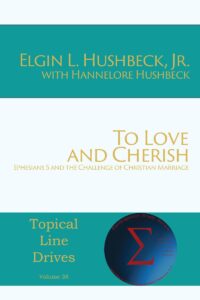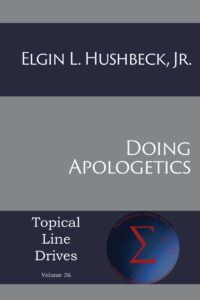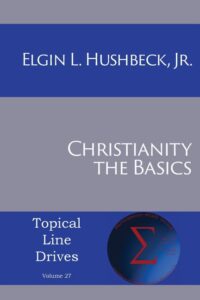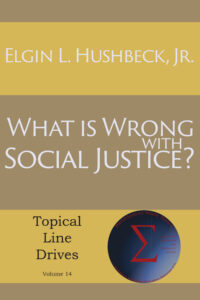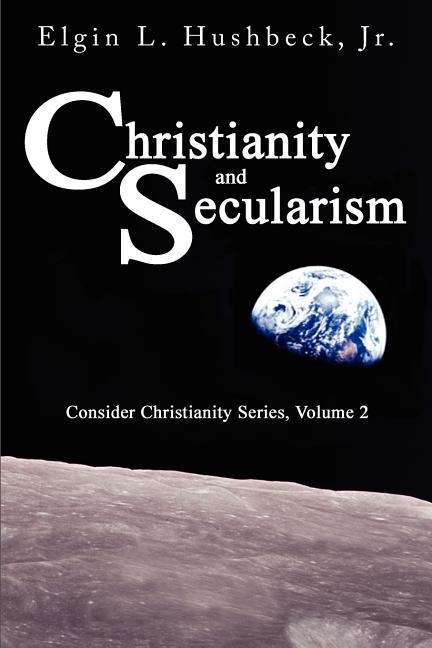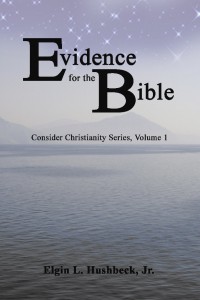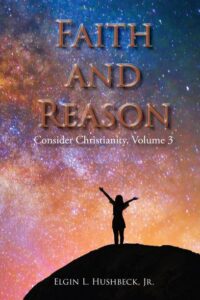A Review of Sam Harris' The End of Faith Part 1
Friday, April 20th, 2007 by Elgin HushbeckApril 20, 2007, Wausau, Wi— I recently began reading Sam Harris’ The End Of Faith: Religion, Terror, and the Future of Reason. It is billed on the back cover as a “sustained nuclear assault” on religious belief by one reviewer, while another reviewer claims “Even Mr Harris’s critics will have to concede the force of an analysis which roams far and wide.” While I have only started the book and may yet to have encountered this analysis, rarely have I encountered a book which starts out with so many errors in so few pages.
For example, after opening his first chapter with the story of a suicide bomber, Harris begins by claiming that “A glance at history, or at the pages of any newspaper, reveals that ideas which divide one group of human beings from another, only to unite them in slaughter, generally have their roots in religion.” (p 12) Perhaps Harris is stressing the word “Glance” because any real consideration of the historical evidence show that throughout history people have kill their fellow human being for any number of reasons, greed, power, land, glory, food, self-defense, and others in addition to religion. Even many of conflict attributed to religion have many other and often more important roots.
For example the conflict between the English and Irish in Northern Ireland is often portrayed as a conflict between catholic and protestants. Yet this ignores that the conflict preceded the Reformation which gave rise to this religious split. In fact the conflict, rather than being caused by religion difference, is more likely a cause of the religious difference in that the Irish remained Catholic when England became protestants so as to be different from the English.
So to claim that most killing has its roots in religion is simply false. Then there are all the efforts of religion to stop or at least limit wars and conflicts, such as the effort of the church during the middle ages to resolve the conflicts that arose between rulers and limit the killings, particularly of civilians. Such efforts makes matters even worse for Harris’s claim. So while religion sadly has nowhere near a spotless record in this area, but instead has much to answer for, it hardly comes close to playing the central role Harris claims.
From this false claim, Harris immediately goes to what is at best a misleading claim, when he writes, “Our situation is this: most of the people in this world believe that the Creator of the universe has written a book.” While there is some dispute about the actual statistic, it is probably true that Judaism, Christianity, and Islam (the only major religions about which such a claim would be considered true) together make up a slight majority of the world population. However, given the variety of religious beliefs in the world, and the related history of the three monotheistic faiths, it really is a distortion to classify this as the norm for all religions, nor is it correct to classify a slight majority as if it were a general rule.
Harris then further compounds his error when he builds on this to further claim that all religions are in “‘perverse agreement’” that God does not endorse respect for unbelievers.” What one wonders, would Harris say about 1 Peter 3:15 which says Christians are to give “The reason for the hope that you have, but do this with gentleness and respect.”
Strangely Harris then proceeds attack the “intolerance” of religious believers against those with differing views on religion, which presents the interesting paradox in that Harris also shows little tolerance against those with views on religion that differ from his.
In fact to him “an immediate problem” is not that religions are attack too much, but that they are not attacked enough, making the claim that “criticizing a person’s faith is currently taboo in every corner of our culture.” One can only assume that Harris does not get to too many corners of our culture, as Christianity, in particular conservative Christians and Catholics are routinely criticized and disparate in most of the mainstream culture. In fact a very good case could be made that conservative Christians and Catholics are among the very few groups that are “open season” in our culture when it comes to criticism.
As these errors form the foundation for the argument that Harris is going to make, they do not make for a very promising start. But then this type of straw man argument is very typical of those who criticize Christianity. It hardly makes for the “sustained nuclear assault” the cover of the book promised. We will see if Harris does any better as he attempts to develop this argument.
